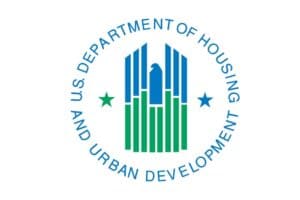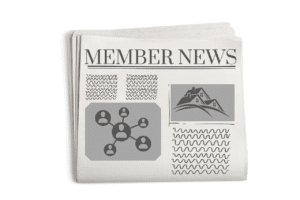| By Adam Norlander, Klein Hornig LLP
On April 4, 2019, HUD published a proposed regulation to implement the policies of Section 3 of the Housing and Urban Development Act of 1968, as amended (“Section 3”). The goal behind Section 3 is to ensure that employment and other economic opportunities generated by federal financial assistance for housing and community development programs is, to the greatest extent feasible, directed toward low- and very low-income persons, particularly recipients of government assistance. HUD’s current regulations at 24 CFR Part 135 were promulgated as an “interim” rule in 1994. Since then, HUD has undertaken several efforts to reform the Section 3 interim rule, but no final regulations have been issued. Senior HUD officials, including HUD Secretary Carson, indicate that HUD’s adoption of a final Section 3 rule is one of HUD’s top priorities. As proposed, the new rule would represent an overhaul of HUD oversight and administration of Section 3 by integrating requirements into regular program oversight and enforcement mechanisms and removing a separate compliance review process. Applicability – The proposed new rule would apply to:
Focus on Sustained Employment and Targeting of Certain Types of Workers –
Reporting Requirements — The proposed new rule:
Section 3 Safe Harbors – The proposed new rule indicates that:
Public Participation – HUD indicates that:
Should you have any questions about this KH Housing Alert or require any further information, please contact Adam Norlander at anorlander@kleinhornig.com or (202) 495-7205. Reprinted with permission. This housing alert is intended as a source of information for clients and friends of Klein Hornig LLP. The content should not be construed as legal advice, and readers should not act upon information in this publication without professional counsel. This housing alert may be considered advertising under certain rules of professional conduct. Copyright © 2019 Klein Hornig LLP, All rights reserved. |
Related Posts

HUD Staffing Cuts: Senators Demand Answers
On February 16, Senators Murray, Warren, Gillibrand, Smith and Schumer sent a letter to Secretary Turner regarding the hundreds of HUD probationary staff who were terminated this past Friday and plans to cut the agency’s workforce by 50 percent (or nearly 4,300 staff).

HUD Unveils DOGE Task Force to Streamline Operations
Secretary Turner announced the launch of a DOGE Task Force within HUD to eliminate waste, fraud and abuse.

Kevin Day Joins R4 Capital to Maximize Disposition Goals
R4 Capital welcomed Kevin Day as director of capital transactions and asset strategies based in the firm’s New York office.

National Church Residences’ Key Leadership Promotions and Hiring
National Church Residences announced updates to its leadership team within the Affordable Housing Management and Housing Development departments.